Inroduction
Hyperbolic functions are special mathematical functions that bear similarities to well-known trigonometric functions such as sine, cosine, and tangent. They are denoted by names like sinh, cosh, tanh, coth, sech, and csch. These functions are defined using exponential functions and find practical applications in various fields. For instance, sinh(x) = (e^x - e^(-x))/2 and cosh(x) = (e^x + e^(-x))/2. They enable us to determine values resembling sine, cosine, and tangent for specific numbers.
- Relationships: Hyperbolic functions exhibit connections to trigonometric functions through complex numbers. By employing complex exponentials, we establish links between hyperbolic and trigonometric functions.
- Graphs: Graphs depicting hyperbolic functions feature distinctive shapes. For example, sinh(x) and cosh(x) comprise curves that open upwards or downwards, while tanh(x) assumes an S-shaped curve.
- Inverse Hyperbolic Functions: Analogous to inverse trigonometric functions, inverse hyperbolic functions enable us to determine the original input value given a specific output value. They prove useful in solving equations involving hyperbolic functions.
- Applications: Hyperbolic functions discover applications across various fields, including physics, engineering, and mathematics. They facilitate the description of spring behavior, electric circuits, oscillatory motion, signal processing, control systems, and fluid dynamics.
Understanding hyperbolic functions equips us with a potent toolkit for solving problems across scientific and technical domains. By employing these functions, we can analyze phenomena, make accurate predictions, and gain deeper insights into real-world scenarios.


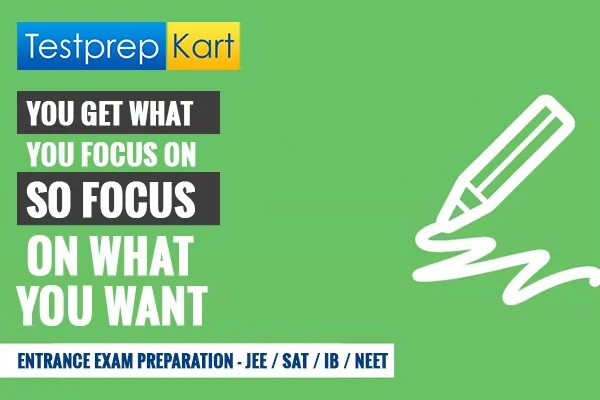


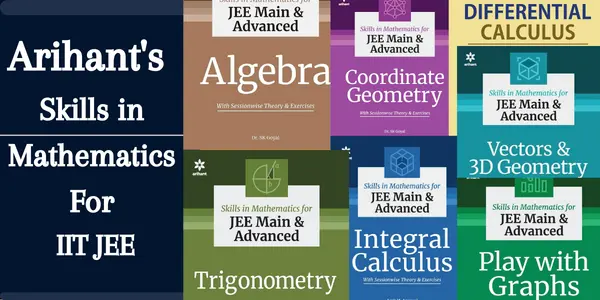
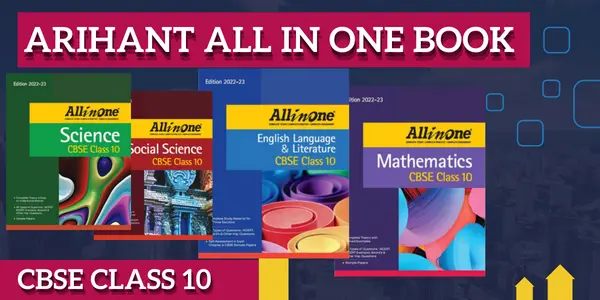
.webp)
%20(1).png)






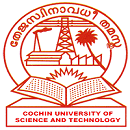 CUSAT CAT (Cochin University of Science ...)
CUSAT CAT (Cochin University of Science ...) MHT CET (Maharashtra Common Entrance Tes...)
MHT CET (Maharashtra Common Entrance Tes...) KCET (Karnataka Common Entrance Test...)
KCET (Karnataka Common Entrance Test...) JEE Advanced (Joint Entrance Examination...)
JEE Advanced (Joint Entrance Examination...)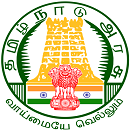 TNEA (Tamil Nadu Engineering Admissions...)
TNEA (Tamil Nadu Engineering Admissions...) SRMJEEE (SRM Joint Engineering Entrance ...)
SRMJEEE (SRM Joint Engineering Entrance ...)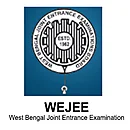 WBJEE (West Bengal Joint Entrance Examin...)
WBJEE (West Bengal Joint Entrance Examin...).webp) GUJCET (Gujarat Common Entrance Test...)
GUJCET (Gujarat Common Entrance Test...) BITSAT (Birla Institute of Technology an...)
BITSAT (Birla Institute of Technology an...) VITEEE (Vellore Institute of Technology ...)
VITEEE (Vellore Institute of Technology ...)


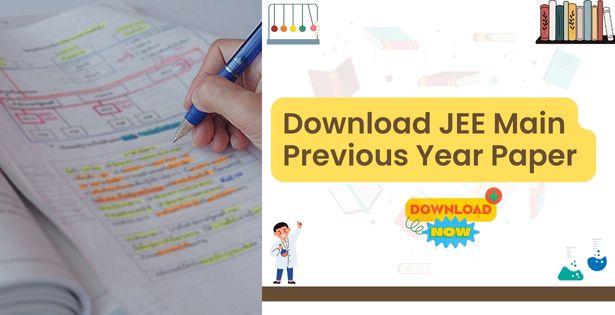
%20(1).png)
